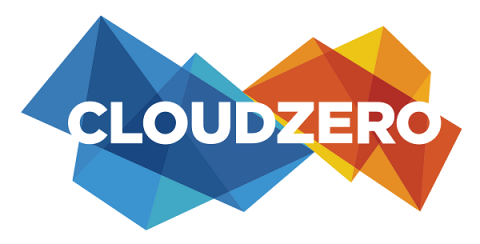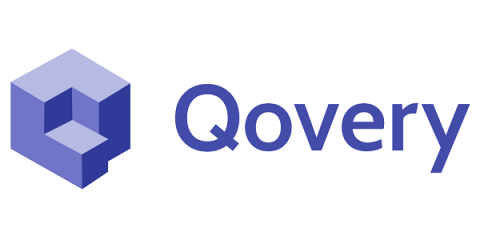Observability Across the Development Lifecycle: A Convo with Andre Boutet of OneSpan
At OpenObservability, we had the pleasure to sit down with Andre Boutet, the Senior Director of Cloud Operations and Services for OneSpan. Andre had a conversation with our CTO, Jonah Kowall, around what observability means to his team and his organization. Teaser: It’s not just about ensuring uptime and availability for external systems. It’s a philosophy with a foundation on supporting the entire development lifecycle.











